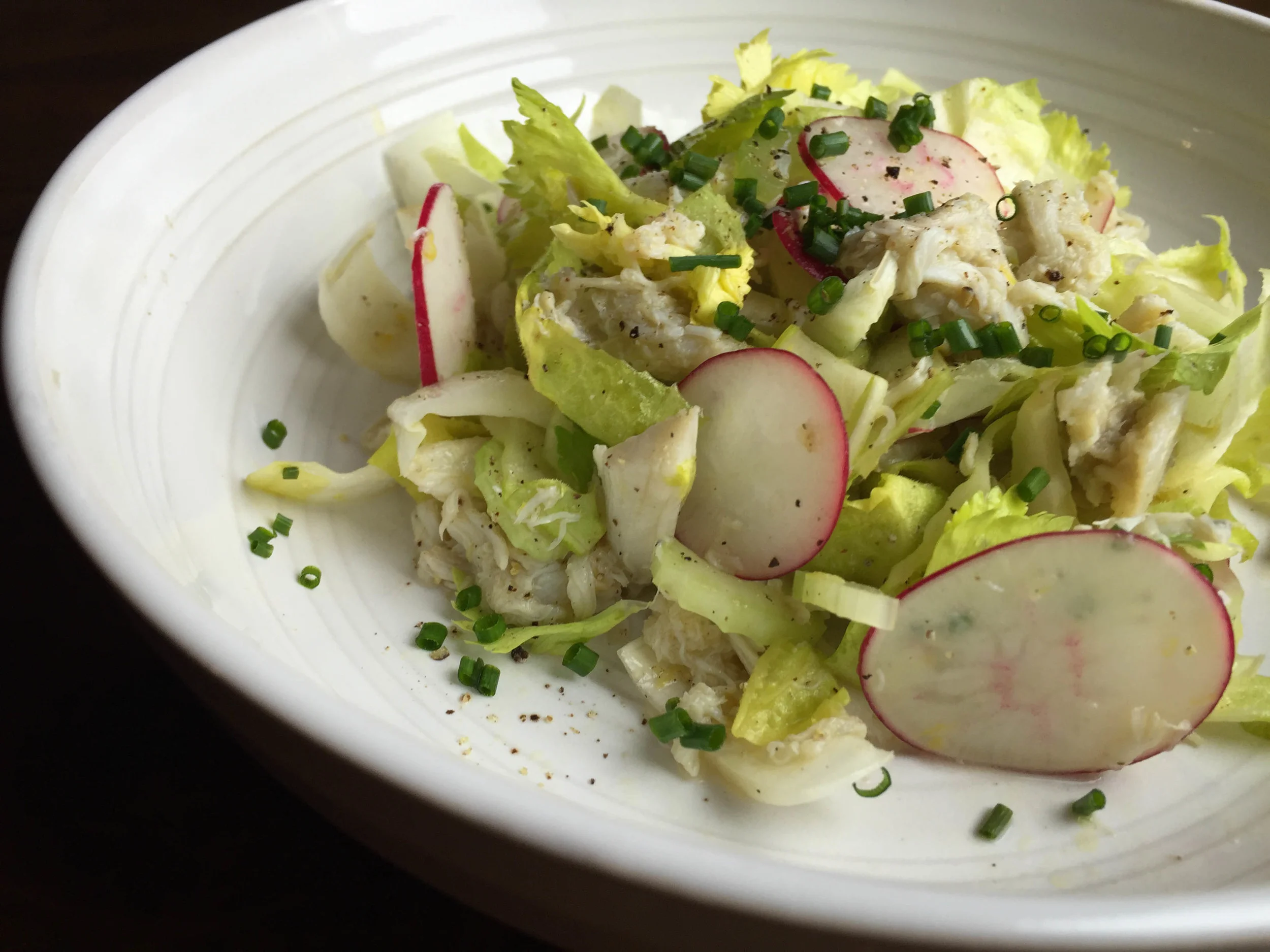Now that you know how to make wonderful hand-made corn tortillas (just mix masa harina with water, and you're nearly there!), you'll want to wrap them around everything in sight.
If you feel like really stretching out and cooking, you might prepare a special taco centerpiece, like lamb barbacoa or carnitas.
But maybe you want to go super-easy. Have a stress-free taco party! Here are some ideas for fillings:
•Pick up a rotisserie chicken at the supermarket
•Stop by your favorite barbecue joint and buy some sliced brisket or pulled pork
•Use that leftover steak in the fridge: Toss it in a hot skillet or grill pan, then slice it in medium-rare strips, for bifstek tacos. They're great dressed with chopped onion, cilantro and any kind of salsa.
•Boil up some pinto beans for vegetarian tacos. Just soak beans overnight, drain, cover with water, toss in half a peeled onion (or a whole one), a couple cloves of unpeeled garlic, fresh thyme or oregano (optional), dried or fresh bay leaves (optional). Bring to a boil, lower heat then simmer till they're tender. Add salt to taste when they're done.
•Pick up some shelled and deveined shrimp from the supermarket and toss them on the grill or grill-pan. Or grill fish fillets.
•Have some leftover confit duck legs burning a hole in your fridge? (Ha!) They make great tacos. I haven't tried them with salsa verde, but I'm thinking it would be great. Or you could go sweet and add a dab of chutney and some chopped cilantro.
•When Thanksgiving rolls around, consider leftover turkey tacos
•Leftover braised short ribs make great tacos,, too. So do leftover stews (beef, pork, lamb, veal, chicken), pot roast, chops, leg of lamb
Really, your imagination is the limit. In their book Tacos: Recipes and Provocations, Alex Stupak and Jordana Rothman have recipes for smoked salmon tacos (with cucumbers, cream cheese and lime) and pastrami tacos (with pickled mustard seeds and pickled cabbage).
More tips:
•Have a couple of good salsas on hand, like a roasted salsa verde (easy to make), a store-bought salsa roja or homemade pico de gallo (diced onion and tomato, chopped cilantro, minced serrano or jalapeño chile, a little salt, a big squeeze or three of lime). If you're feeling more ambitious, try Stupak's amazing salsa borracha.
•Set out bowls of any or all of the following: lime wedges, guacamole, crumbled queso fresco, sliced avocado, cilantro leaves, sliced radishes, chopped olives, chopped white onion, sliced scallions, sliced or diced cucumber
Oh, one more thing: Do yourself a favor and hand your hands on one of these inexpensive ($8 to $12) insulated fabric taco warmers. Stupak and Rothman tested every type out there, and concluded these work the best. I have to agree: Mine kept our tortillas warm for at least an hour. Maybe they would have stayed warm longer; I don't know – we ate them all too fast. They're easy to find online; I lucked out when my generous friends Keven and Georges gave me one as a gift last weekend.
OK, then – let's invite some friends and get that tortilla press going!






















